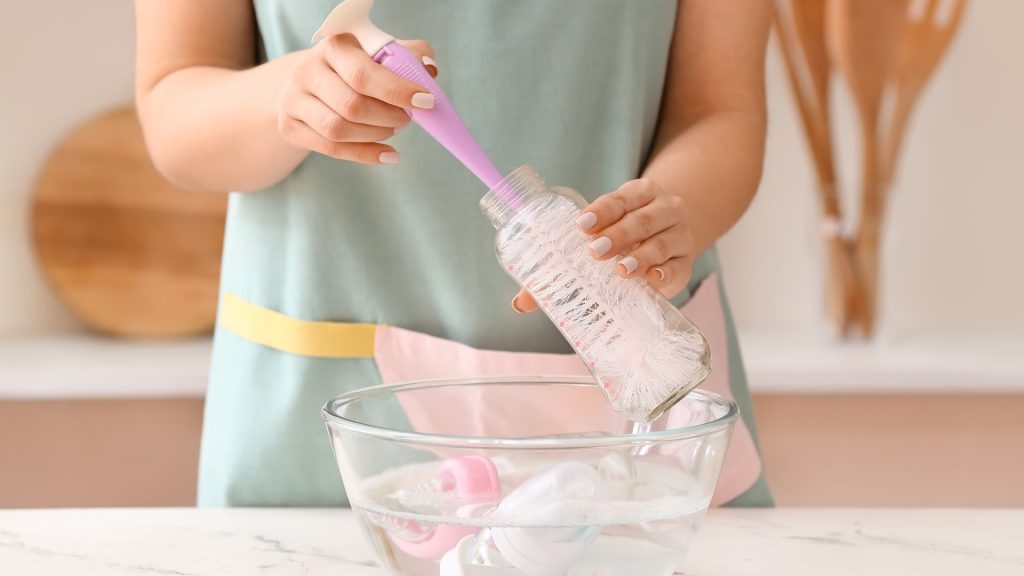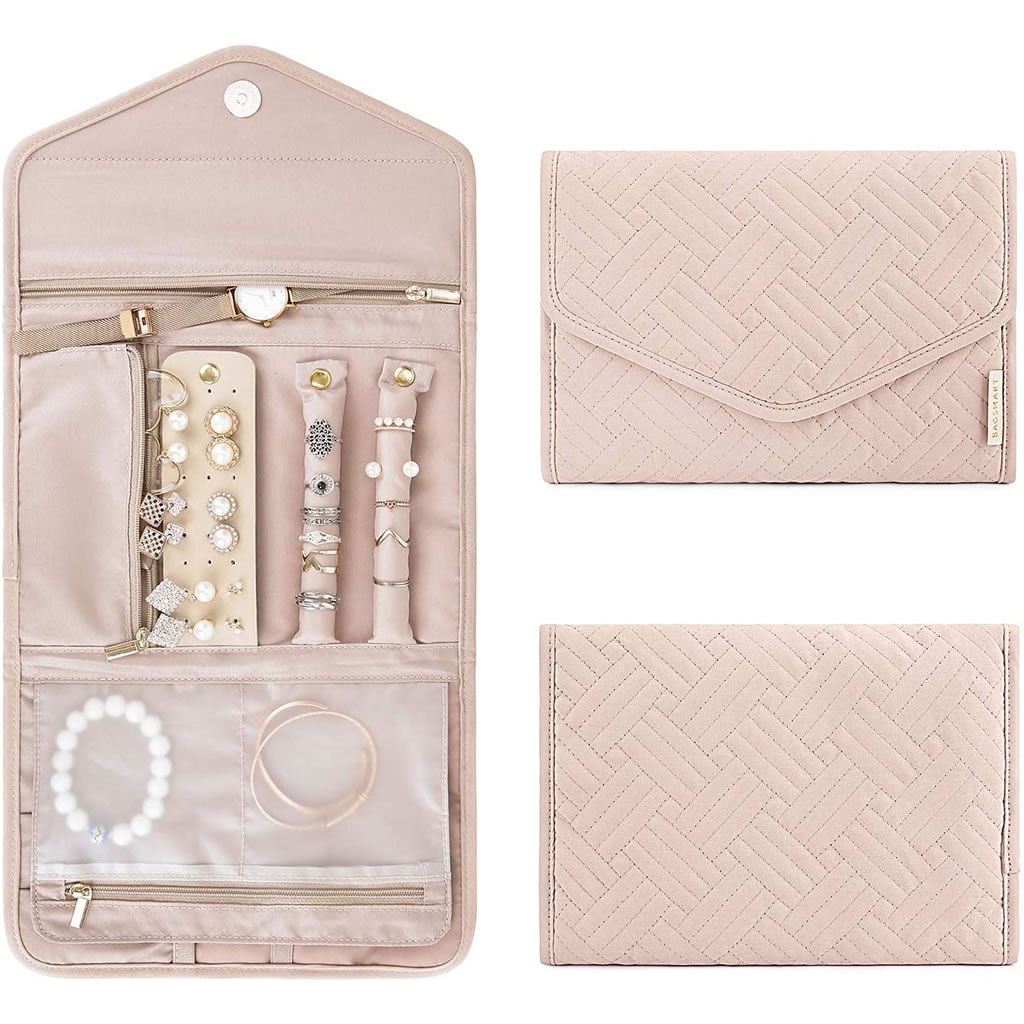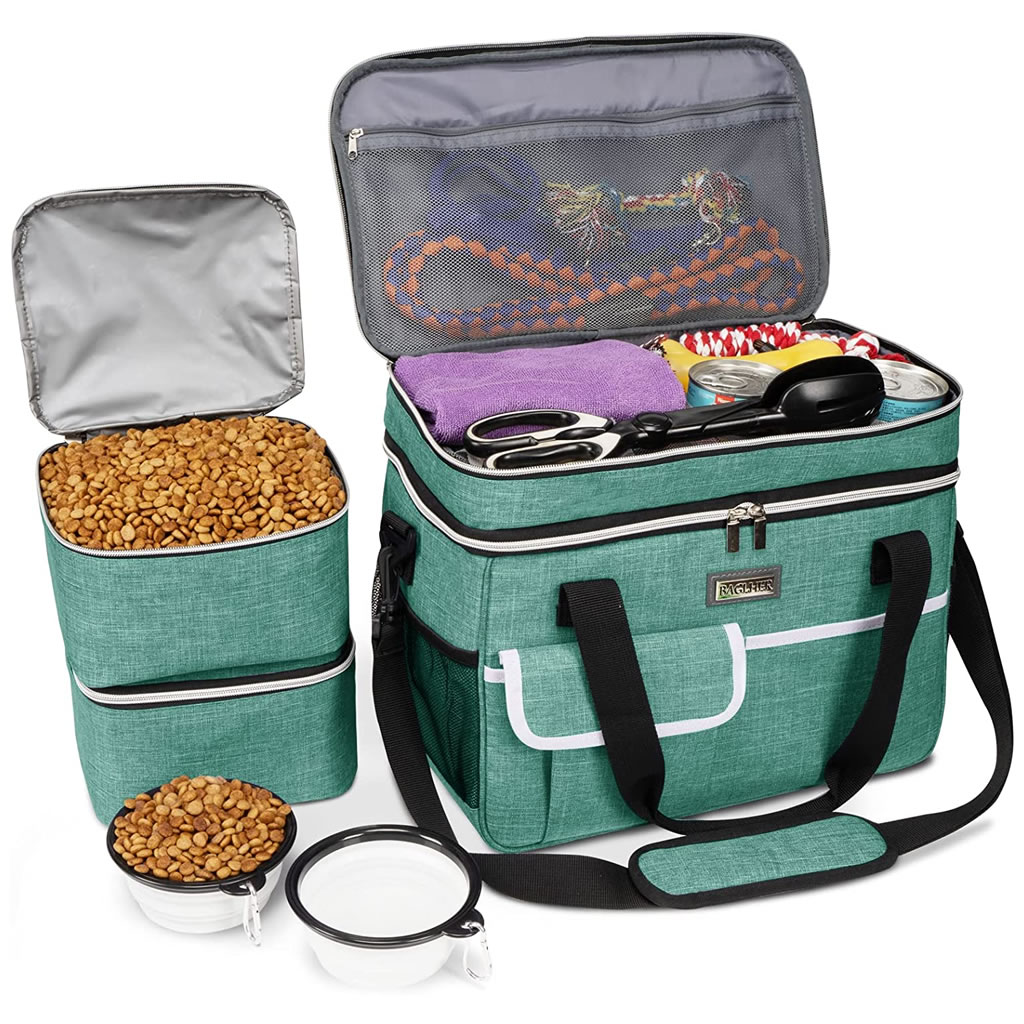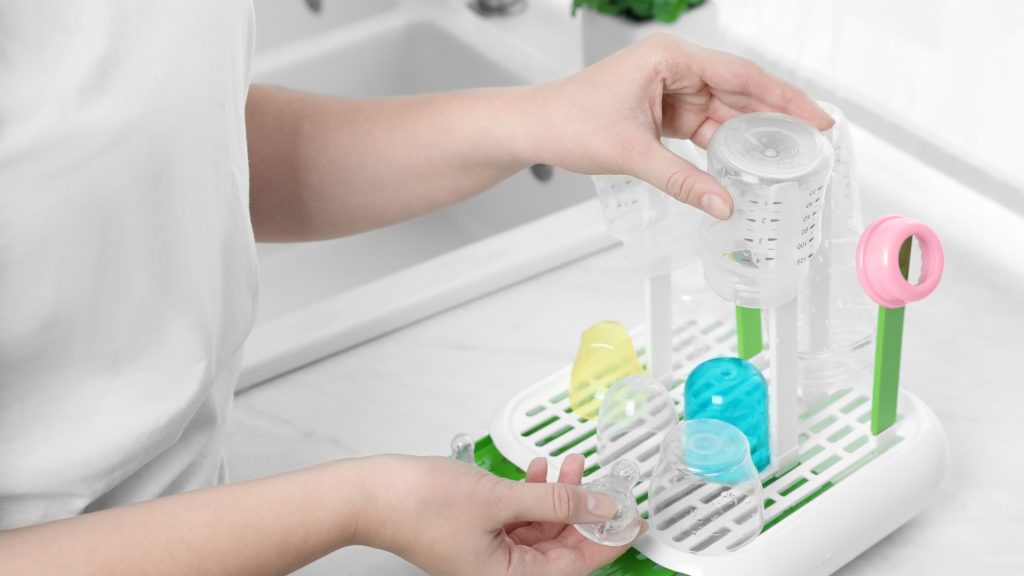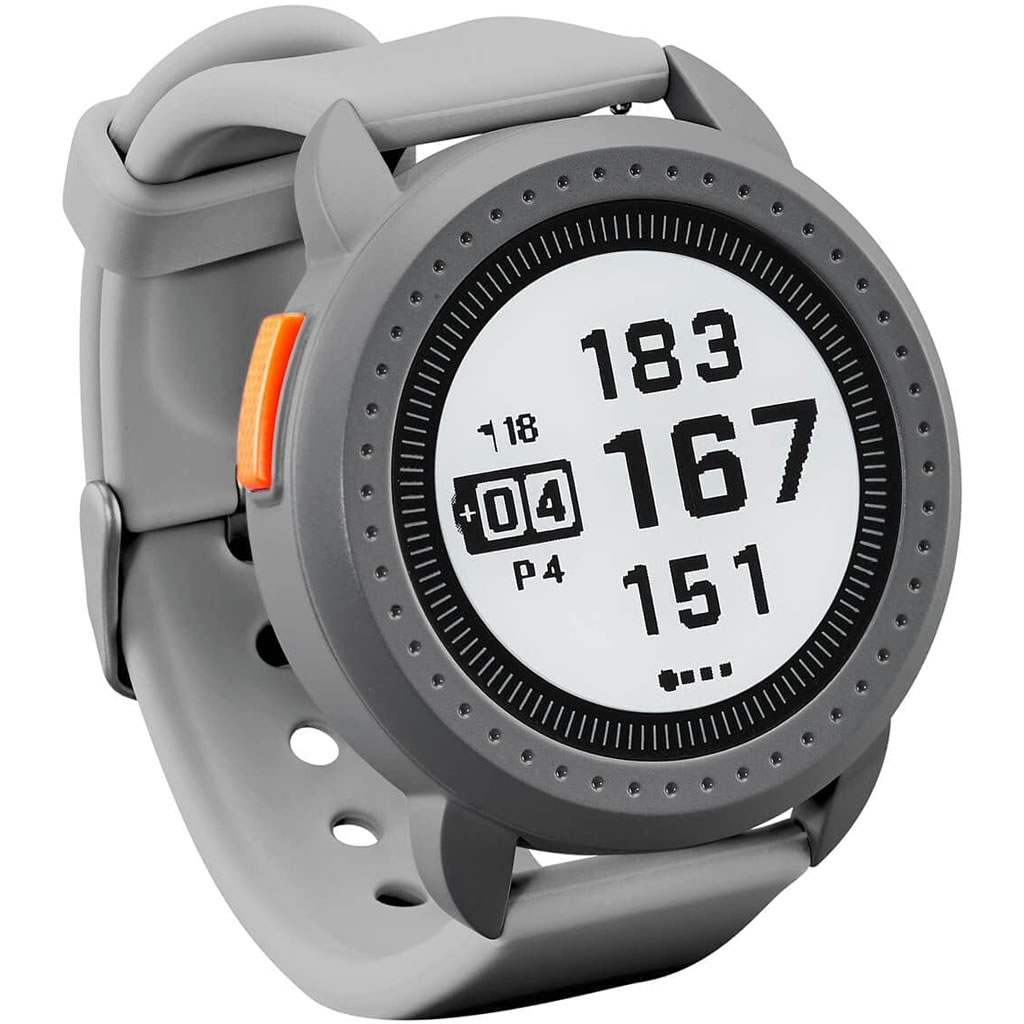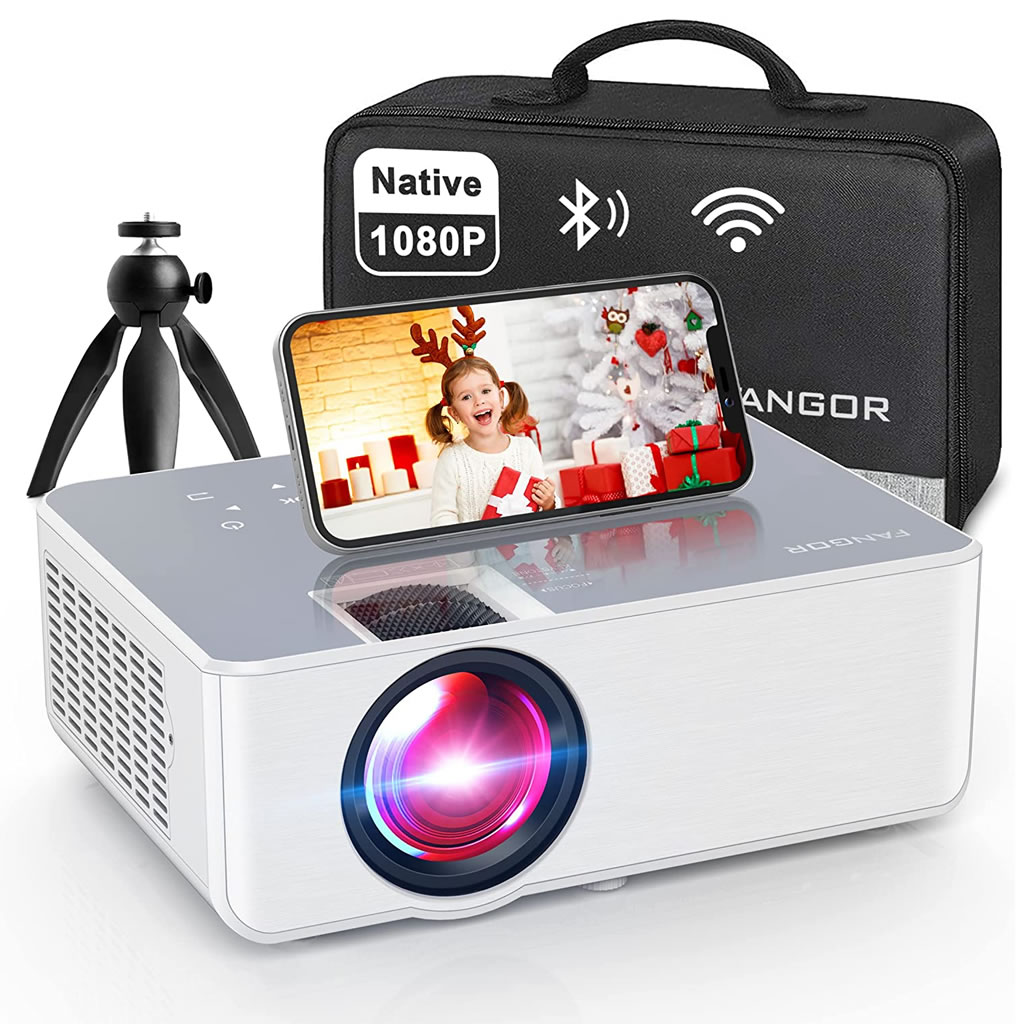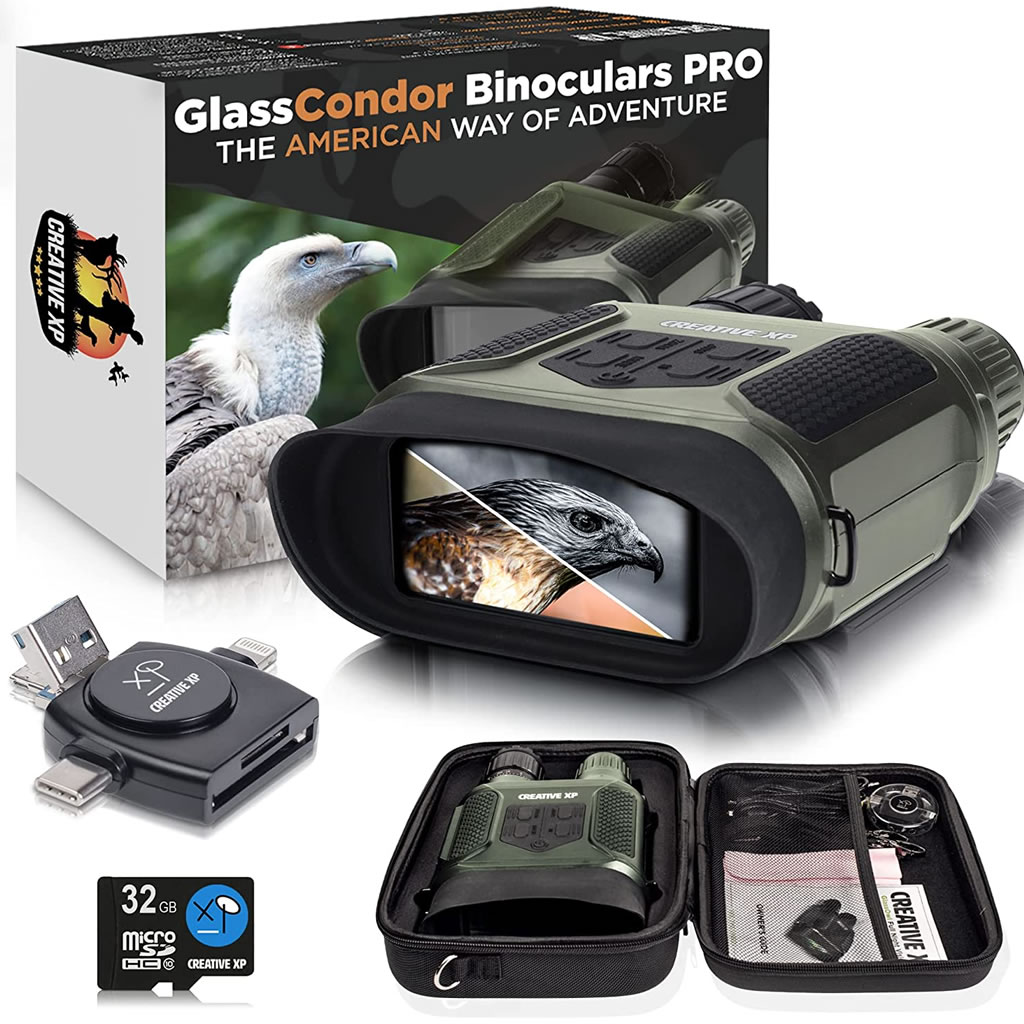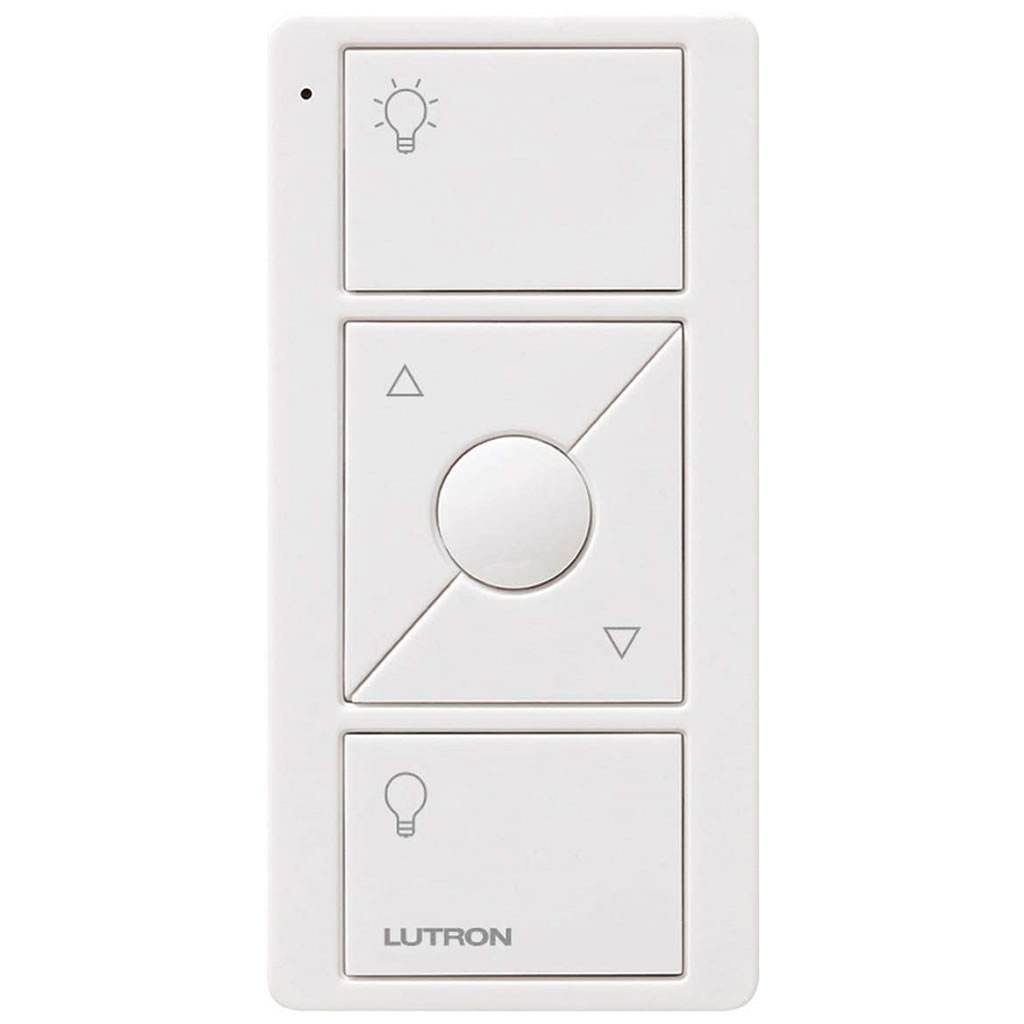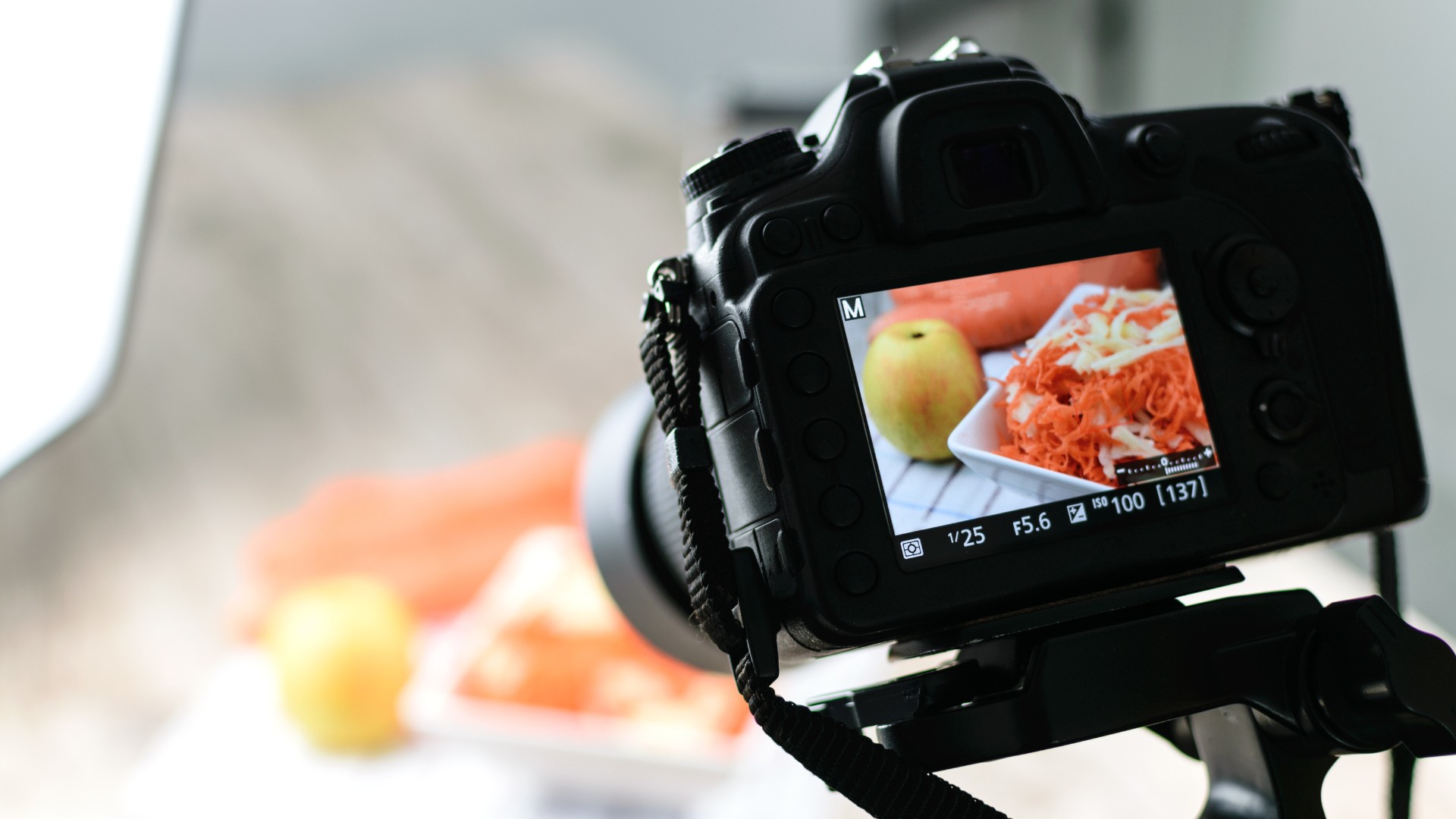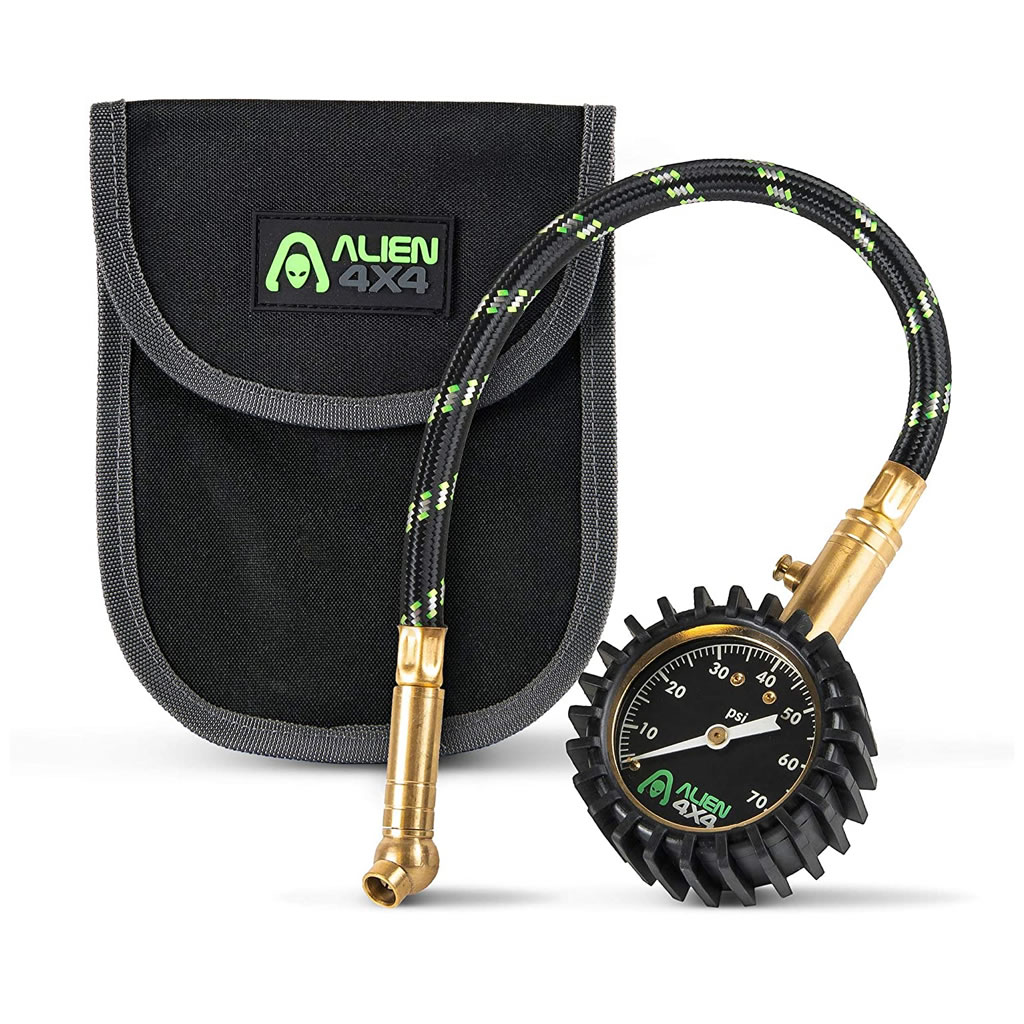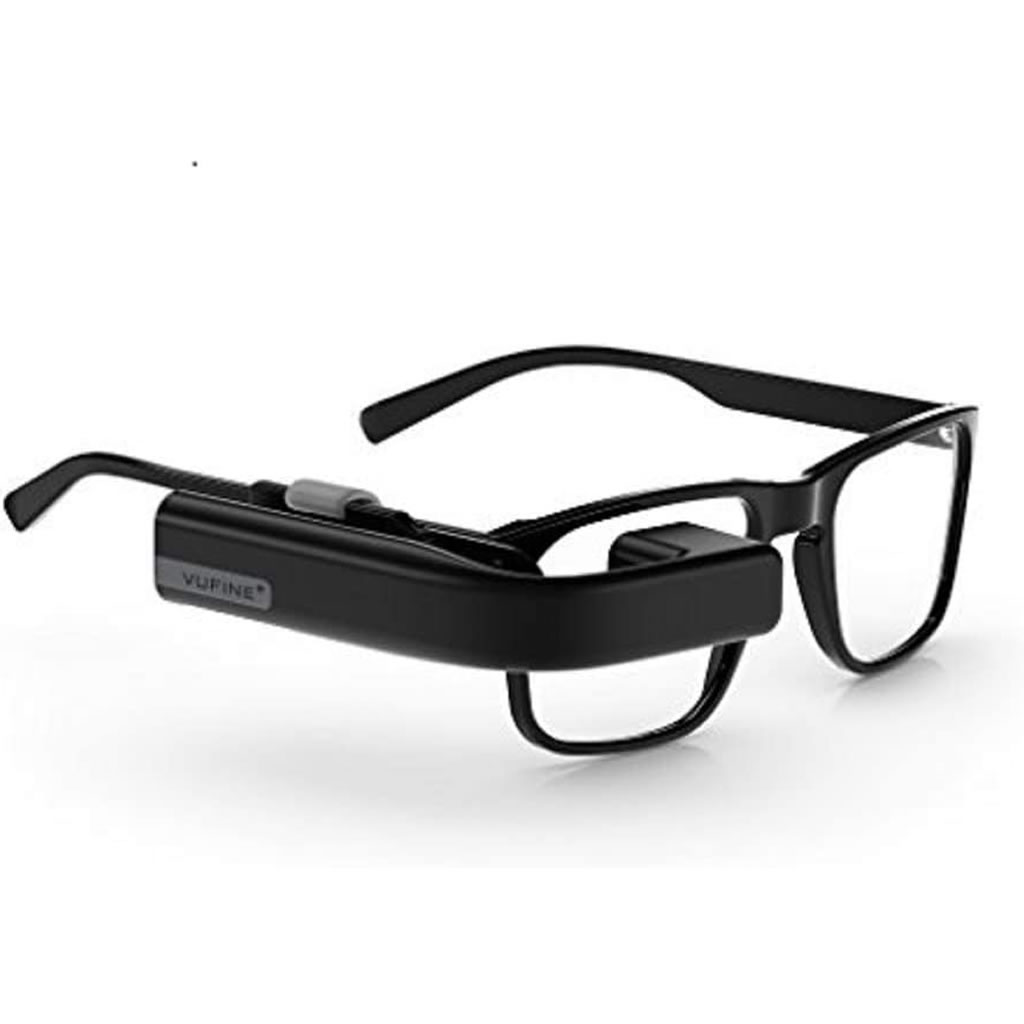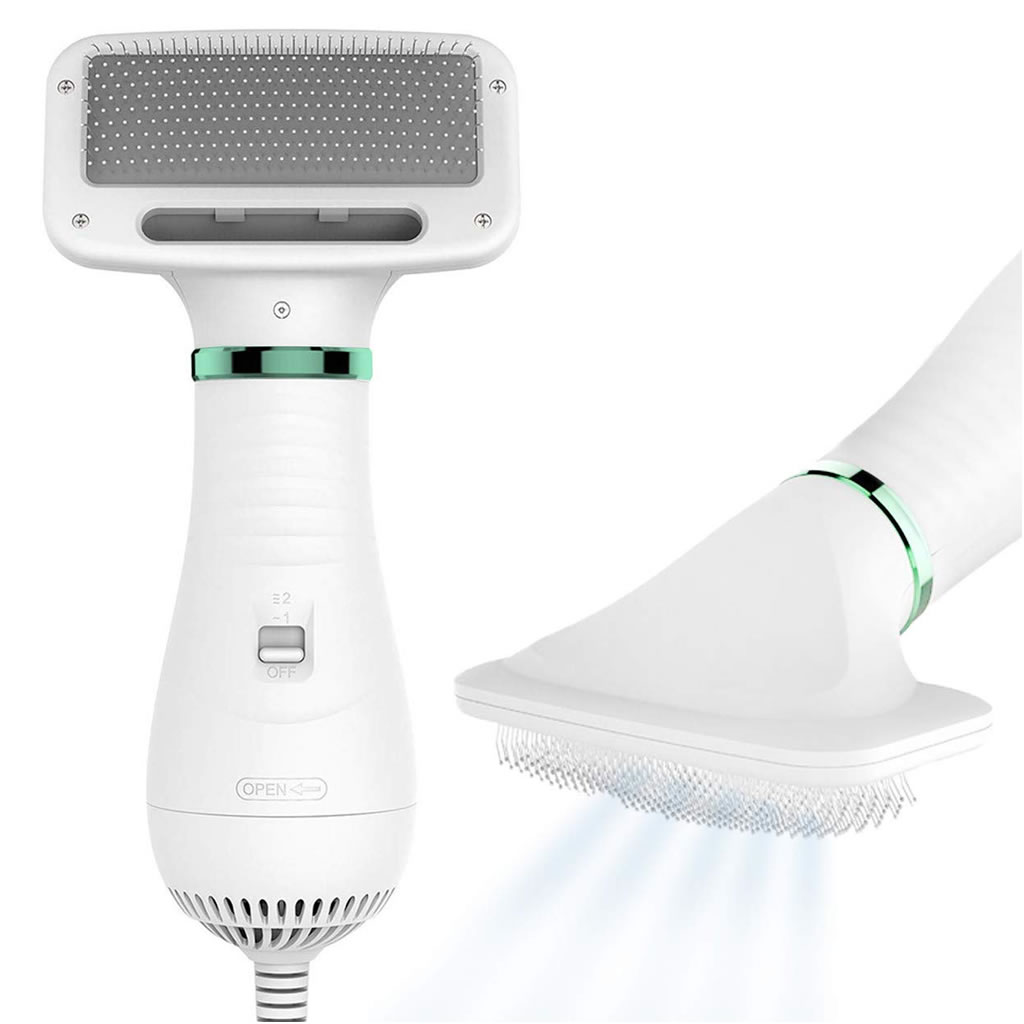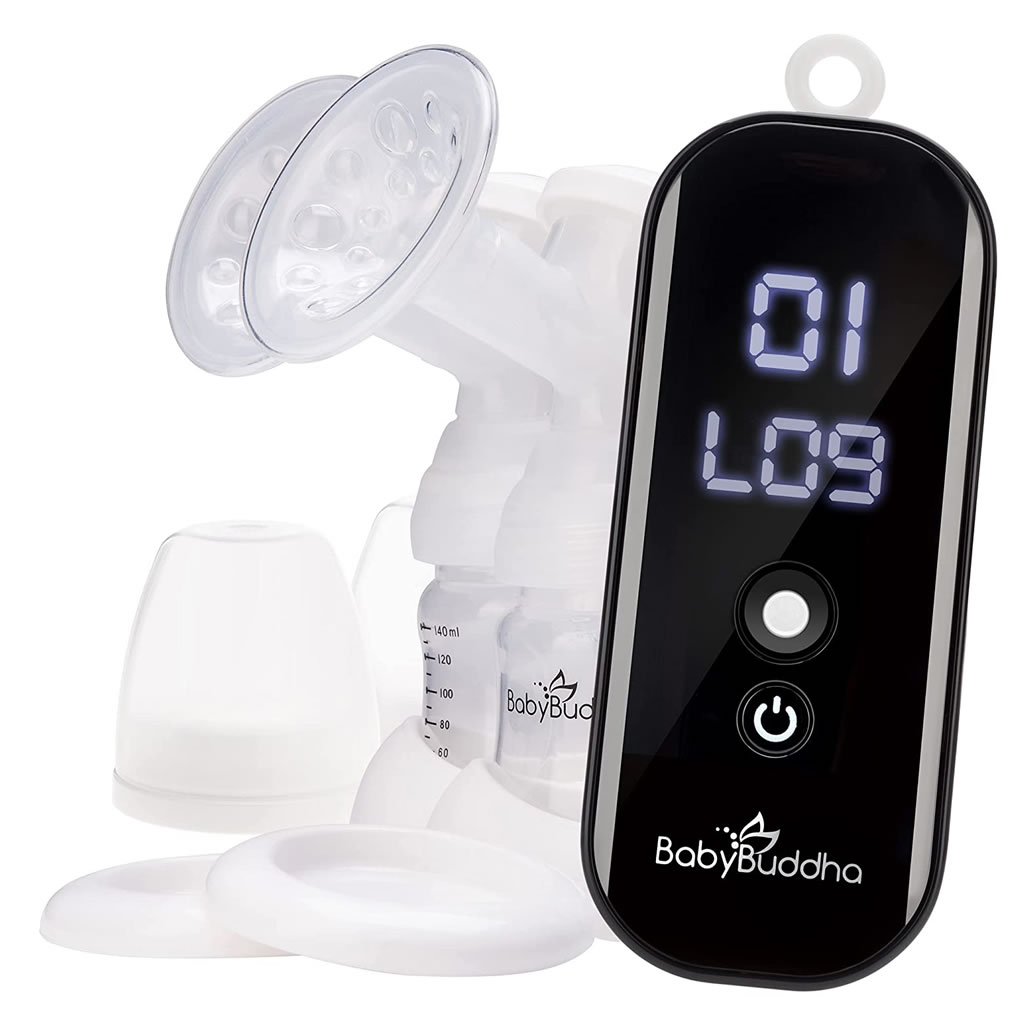Key Takeaways
| Topic | Summary |
|---|---|
| Importance of Bottle Sterilization | Vital for preventing infections and illnesses in babies caused by harmful bacteria and germs. |
| Comparison of Sterilization Methods | Electric, Microwave, Steam, UV, and Steam Bags methods compared, outlining pros and cons such as cost, speed, capacity, ease of use, and effectiveness. |
| Choosing the Best Sterilizer Tips | Tips for selecting the right bottle sterilizer, considering bottle size, frequency, duration, space, power availability, and safety features. |
| Science Behind Sterilization | Understanding the scientific principles behind each sterilization method and how they effectively kill germs and bacteria. |
| Environmental Impact | Discussion on the environmental impact of sterilization methods and tips to reduce waste and energy consumption. |
| Alternatives and Hacks | Creative solutions for sterilizing bottles when traditional tools are unavailable, like using pressure cookers, solar ovens, or a campfire. |
| Dispelling Myths and Misconceptions | Addressing common myths about bottle sterilization, such as the need to sterilize bottles after every use or reusing sterilized water. |
| Making Sterilization Enjoyable | Suggestions for making the sterilization process enjoyable, such as using a timer, creating a playlist, or implementing a reward system. |
| Important Stats | Sharing essential statistics about baby bottle contamination to emphasize the significance of proper sterilization. |
| Recommended Product | Introduction of the “Baby Bottle Sterilizer, Electric Steam Sterilizer and Dryer,” with key features for effective and efficient sterilization. |
Bottle sterilization is not just a routine; it’s a crucial step in safeguarding your baby’s health. Harmful bacteria and germs can lead to infections and illnesses, making the choice of sterilization methods paramount. In this comprehensive guide, we explore various fast baby bottle sterilization methods, comparing their pros and cons, offering tips on choosing the best sterilizer, and addressing myths surrounding this essential practice.
Why Bottle Sterilization Matters
Bottle sterilization plays a pivotal role in preventing infections and illnesses caused by harmful bacteria and germs. Babies, with their developing immune systems, are more susceptible to these threats. A clean and sanitized bottle ensures a safe feeding environment, promoting your baby’s overall well-being.
Comparing Sterilization Methods
Choosing the right method for bottle sterilization is crucial to ensure your little one’s health and safety. Let’s explore different sterilization methods, examining their advantages, disadvantages, and suitability for various lifestyles.
Electric Sterilizers:
-
-
- Pros:
- Quick and efficient sterilization process.
- Often equipped with additional features like drying and storage functions.
- User-friendly and easy to operate.
- Cons:
- Higher initial cost compared to some other methods.
- Dependence on electricity may be a limitation for on-the-go parents.
- Pros:
-
Microwave Sterilization:
-
-
- Pros:
- Rapid sterilization using microwave technology.
- Compact and suitable for smaller spaces.
- Cost-effective compared to electric sterilizers.
- Cons:
- Requires access to a microwave.
- Limited capacity per cycle.
- Pros:
-
Steam Sterilizers:
-
-
- Pros:
- Utilizes steam for effective sterilization.
- Versatile and available in various sizes.
- Relatively quick sterilization process.
- Cons:
- May not be as fast as electric sterilizers.
- Regular descaling is necessary.
- Pros:
-
UV Sterilizers:
-
-
- Pros:
- Uses ultraviolet light to eliminate bacteria.
- No heat involved, preserving nutrients in bottles.
- Portable and suitable for travel.
- Cons:
- Generally slower compared to steam or electric methods.
- Higher upfront cost.
- Pros:
-
Steam Bags:
-
- Pros:
- Convenient for on-the-go sterilization.
- Disposable and easy to use.
- No need for additional equipment.
- Cons:
- Single-use nature may generate more waste.
- Not as environmentally friendly as other methods.
- Pros:
Choosing the Best Bottle Sterilizer: Tips and Recommendations
Choosing the right bottle sterilizer is a crucial decision in ensuring your baby’s health. Navigate this important process with these practical tips and recommendations:
-
Consider Bottle Size and Shape:
- Tip: Assess the sterilizer’s compatibility with your baby’s bottle size and shape.
- Recommendation: Choose a sterilizer that accommodates various bottle sizes and shapes for versatility.
-
Frequency and Duration of Sterilization:
- Tip: Reflect on how often you plan to sterilize bottles and the duration of each cycle.
- Recommendation: Select a sterilizer that aligns with your usage patterns, whether for daily use or occasional sterilization needs.
-
Space and Power Availability:
- Tip: Evaluate kitchen space and power outlet accessibility.
- Recommendation: Pick a sterilizer that seamlessly fits into your kitchen layout and has easy access to power sources.
-
Safety Features:
- Tip: Prioritize sterilizers with safety features to prevent accidents during operation.
- Recommendation: Look for features like automatic shut-off, cool-touch handles, and secure locking mechanisms for added safety.
-
User-Friendly Operation:
- Tip: Evaluate the sterilizer’s ease of use and user interface.
- Recommendation: Choose a user-friendly sterilizer that simplifies the process for hassle-free operation.
-
Reviews and Testimonials:
- Tip: Explore reviews and testimonials from other parents.
- Recommendation: Consider user experiences to gauge performance, reliability, and overall satisfaction.
-
Additional Features:
- Tip: Look for added features like drying functions or storage capabilities.
- Recommendation: Select a sterilizer with features that align with your preferences, making the baby care routine more efficient.
-
Brand Reputation:
- Tip: Research the reputation of the brand manufacturing the sterilizer.
- Recommendation: Choose a sterilizer from a reputable brand known for reliable and durable baby care products.
-
Cost Considerations:
- Tip: Establish a budget for the sterilizer purchase.
- Recommendation: Balance cost considerations with desired features to find a sterilizer offering excellent value for money.
-
Environmental Impact:
- Tip: Consider the sterilizer’s environmental impact and long-term sustainability.
- Recommendation: Opt for sterilizers with eco-friendly features or those aligning with your commitment to reducing environmental impact.
The Science Behind Sterilization
The science of bottle sterilization reveals the detailed mechanisms ensuring the effective elimination of harmful microorganisms. Sterilization methods, like steam and UV sterilization, rely on thermal energy and ultraviolet light, respectively. Steam sterilizers use hot steam to elevate temperatures, deactivating bacteria, viruses, and fungi. The increased temperatures disrupt the cellular structure of these microorganisms, ultimately causing their demise.
On the flip side, UV sterilizers employ ultraviolet light to target the DNA of bacteria and viruses, inhibiting their ability to reproduce, making them incapable of causing infections. Understanding these scientific processes is crucial for parents looking to make informed choices about sterilization methods that align with their preferences and, most importantly, ensure the well-being of their infants.
Moreover, the effectiveness of sterilization methods is closely tied to factors such as exposure time and temperature. Longer exposure times and higher temperatures in steam sterilization contribute to more thorough microbial eradication. This knowledge helps caregivers to make informed decisions about the duration and intensity of sterilization cycles, improving the safety of their baby’s feeding essentials. Understanding the science behind sterilization not only emphasizes the importance of this practice but also equips parents with the knowledge to choose methods that fit their lifestyle, ensuring a hygienic and secure environment for their little ones.
Environmental Impact
In our quest for a healthier and safer environment for our babies, it’s crucial to consider the environmental impact of the chosen bottle sterilization method. Beyond immediate health benefits, the choices we make in sterilizing baby bottles can contribute to a sustainable and eco-friendly future. Let’s explore the environmental considerations associated with different sterilization methods:
Eco-Friendly Sterilization Methods
Electric Sterilizers: While electric sterilizers are efficient, their continuous power consumption might contribute to a higher carbon footprint. Opt for energy-efficient models to mitigate this impact.
Microwave Sterilizers: Microwave sterilizers generally have a lower energy footprint compared to electric ones. However, they still rely on electricity, so choosing energy-efficient microwaves can reduce environmental impact.
Steam Sterilizers: Steam sterilizers are versatile and effective, but their impact depends on the energy source. Models using renewable energy or having energy-saving features can be more environmentally friendly.
UV Sterilizers: UV sterilizers are chemical-free, but the production and disposal of UV bulbs can have environmental consequences. Look for models with eco-friendly bulb options or recycling programs.
Steam Bags: Steam bags are convenient but contribute to single-use plastic waste. Consider eco-friendly alternatives or proper recycling methods to reduce the environmental footprint.
Sustainable Practices for Bottle Sterilization
Energy-Efficient Appliances: Opt for sterilizers with energy-efficient features or certifications. Look for devices that automatically power down after use or have programmable settings to minimize energy consumption.
Renewable Energy Sources: If possible, power sterilization appliances using renewable energy sources like solar or wind power. This choice reduces reliance on conventional energy grids and minimizes the associated environmental impact.
Multi-Functional Sterilizers: Invest in multi-functional sterilizers that serve additional purposes, such as bottle drying or storage. This reduces the need for separate appliances, promoting efficiency and sustainability.
Consumer Awareness and Responsibility
Product Lifecycle and Disposal: Consider the entire lifecycle of the sterilization method, from production to disposal. Opt for products made from sustainable materials, and explore recycling options or proper disposal methods.
Educating Consumers: Manufacturers play a crucial role in educating consumers about the environmental impact of their products. Encourage companies to provide clear information on the sustainability features of their sterilization appliances.
Supporting Eco-Friendly Brands: Choose products from brands committed to sustainability. Supporting companies with environmentally friendly practices encourages the industry to prioritize green solutions.
Alternatives and Hacks
Ensuring the cleanliness of baby bottles is crucial, but what if conventional sterilization methods are unavailable? Fear not! Here are some creative alternatives and hacks for baby bottle sterilization that can be handy in various scenarios:
-
Pressure Cooker Sterilization:
- Method: Place bottles and accessories in a pressure cooker with water. Seal the cooker and bring it to high pressure for about 10 minutes.
- Advantage: Ideal for situations without electricity, providing quick and efficient sterilization.
-
Solar Oven Sterilization:
- Method: Utilize the power of the sun by placing bottles in a solar oven. Leave them exposed for a few hours.
- Advantage: Eco-friendly option, especially useful during outdoor activities or when electricity is scarce.
-
Campfire Sterilization:
- Method: Submerge bottles in water and place them near the campfire. Boil the water for at least 10 minutes.
- Advantage: Perfect for camping or situations where traditional sterilization tools are unavailable.
-
Boiling Water Sterilization:
- Method: Boil bottles and accessories in water for 10 minutes on a stovetop.
- Advantage: A classic method that’s effective and accessible, requiring only a stove and water.
-
Sterilization Tablets:
- Method: Dissolve sterilization tablets in water and soak bottles according to the product instructions.
- Advantage: Compact and easy to carry, making them ideal for travel or emergencies.
Tips for Efficient Sterilization:
Frequency and Duration: Sterilize bottles regularly, especially during the early months. Daily sterilization is recommended, but adjust based on your baby’s needs.
Emergency Kits: Keep a sterilization emergency kit with essentials like tablets, a collapsible basin, and a portable heat source for on-the-go needs.
Testing Sterility: Invest in sterilization indicator strips or solutions to ensure that the bottles are adequately sterilized, especially with alternative methods.
Dispelling Myths and Misconceptions
There are numerous myths and misconceptions surrounding the topic of bottle sterilization. Let’s debunk these myths and provide clarity on what’s truly necessary for maintaining a safe and hygienic environment for your little one:
Myth 1: Sterilize After Every Use
- Reality: While sterilization is crucial, it’s not necessary after every use. Daily sterilization is generally sufficient. However, for babies with compromised immune systems or during illness outbreaks, more frequent sterilization might be recommended.
Myth 2: Reusing Sterilized Water
- Reality: Once water has been used for sterilization, it loses its sterile properties. Always use fresh water for each sterilization cycle to ensure effectiveness.
Myth 3: Sterilizing Plastic Bottles
- Reality: Many plastic bottles are designed to withstand sterilization. However, it’s essential to check the manufacturer’s guidelines for your specific bottles. Some may have temperature restrictions, and not all plastics are sterilizer-safe.
Myth 4: Sterilizing Nipples Individually
- Reality: Nipples can be sterilized along with the bottles. There’s no need to sterilize them separately unless specified by the manufacturer. Ensure that all parts are disassembled for effective sterilization.
Myth 5: Boiling is the Only Effective Method
- Reality: While boiling is a reliable method, various sterilization options exist, such as electric sterilizers, microwave sterilizers, UV sterilizers, and sterilization tablets. Each method has its advantages, and the choice depends on individual preferences and circumstances.
Myth 6: Sterilizing Breast Pump Parts Every Time
- Reality: While regular sterilization of breast pump parts is crucial, doing it after every use may not be necessary. Follow the guidelines provided with your breast pump for recommended cleaning and sterilization frequency.
Myth 7: Sterilizing Baby Bottles Forever
- Reality: As your baby grows, the need for sterilization diminishes. Once your baby starts eating solid foods and develops a more robust immune system, regular cleaning with hot, soapy water may suffice. Continuing sterilization beyond the necessary period is not mandatory.
Myth 8: Dishwashers are Sufficient for Sterilization
- Reality: While dishwashers are excellent for cleaning, they may not provide the level of sterilization needed for baby bottles. Sterilization requires higher temperatures, which may not be achieved in all dishwasher cycles.
Myth 9: Sterilizing Water for Formula Preparation
- Reality: It’s unnecessary to sterilize water separately for formula preparation if you’re using tap water from a safe source. Boiling water once and allowing it to cool is generally adequate.
Myth 10: Sterilizing Prevents All Infections
- Reality: While sterilization significantly reduces the risk of infections, it doesn’t guarantee complete immunity. Good hygiene practices, proper storage of bottles, and regular cleaning are also vital in maintaining a safe feeding environment.
Making Sterilization Enjoyable
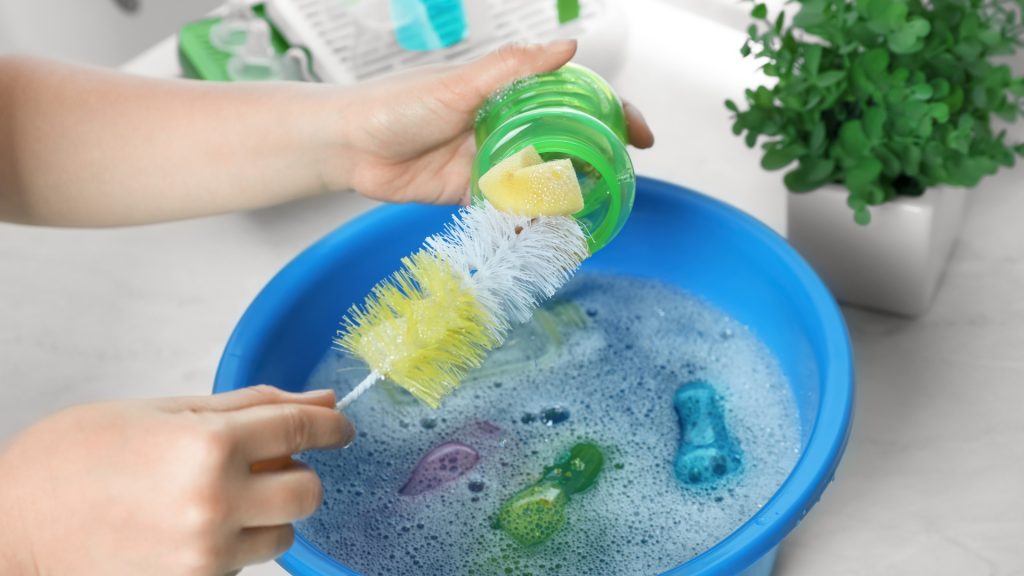
Bottle sterilization is crucial for keeping your baby healthy, but it doesn’t have to be dull. Let’s find practical ways to make this task efficient and even enjoyable. Picture this – play your favorite music while the sterilizer does its thing, turning a routine task into a little kitchen dance party. Use a timer with a friendly alert to add structure and turn the sterilization into a challenge – see if you can finish before the timer chimes.
Additionally, think about incorporating a reward system. Treat yourself after each round of sterilization, making it a bit of self-care. Adopt a positive mindset and consider sterilization as a moment for personal reflection. Use the time to catch up on podcasts or audiobooks, turning a functional task into a chance for personal growth. By making sterilization more enjoyable, you not only make it easier but also create a positive connection with this essential aspect of caring for your baby.
Important Stats: Knowledge is Power
Did you know that a significant percentage of baby bottle food samples exceed maximum acceptable limits for viable counts and coliform counts in some regions? Stay informed to protect your baby’s health.
Recommended Product: Baby Bottle Sterilizer, Electric Steam Sterilizer and Dryer
Introducing the “Baby Bottle Sterilizer, Electric Steam Sterilizer and Dryer,” a 6-in-1 solution ensuring 99.99% disinfection with steam. With features like multi-functionality, effective drying, large capacity, and ergonomic design, it’s a valuable addition for busy parents.
Conclusion
In concluding our comprehensive guide on fast baby bottle sterilization methods, we’ve explored the various techniques available. From the efficient performance of electric sterilizers to the straightforwardness of microwave options, each method presents its own set of pros and cons. We’ve examined the science behind sterilization, dispelled myths, and looked into eco-friendly alternatives. As you make your way through the options, utilize the real insights provided, considering the unique needs of your family and selecting a method that aligns with your lifestyle.
Related Topics:
Comparing Baby Bottle Sterilization Methods
Explore in-depth comparisons between various baby bottle sterilization methods, aiding you in making an informed choice.
DIY Baby Bottle Steriliation at Home
Discover practical and effective do-it-yourself methods for sterilizing baby bottles at home, ensuring safety without compromising convenience.
Microwave vs. UV Sterilization for Baby Bottles
Dive into the debate of microwave vs. UV sterilization methods, uncovering the nuances to help you decide the most suitable method for your needs.
Best Practices for Sterilizing Breast Pump Parts
Learn essential tips and best practices for sterilizing breast pump parts, ensuring a hygienic feeding experience for your baby.
Quick Tips for On-the-Go Baby Bottle Sterilization
Explore handy tips for quick baby bottle sterilization on the go, providing convenience without compromising hygiene.
FAQs
How does steam sterilization work?
Steam sterilization involves using hot steam to kill bacteria and germs on baby bottles. Electric steam sterilizers, microwave steam bags, and other steam-based methods expose the bottles to high-temperature steam, ensuring effective sterilization.
Can I use the microwave for bottle sterilization?
Yes, microwaving is a common method for sterilizing baby bottles. Microwave sterilizers or microwave-safe steam bags provide a quick and convenient way to eliminate harmful bacteria from the bottles.
Are UV sterilizers effective for baby bottles?
UV sterilizers use ultraviolet light to kill microorganisms. These devices are effective for sterilizing baby bottles, providing a chemical-free method that helps maintain the bottles’ hygiene.
How often should I sterilize baby bottles?
It is recommended to sterilize baby bottles regularly, especially during the first year. A common practice is to sterilize them daily, but frequency may vary based on individual needs and preferences.
What are the alternatives to chemical sterilization?
Alternative sterilization methods include steam, UV light, and microwave sterilization. These options provide effective alternatives to chemical sterilization, catering to different preferences and concerns.

